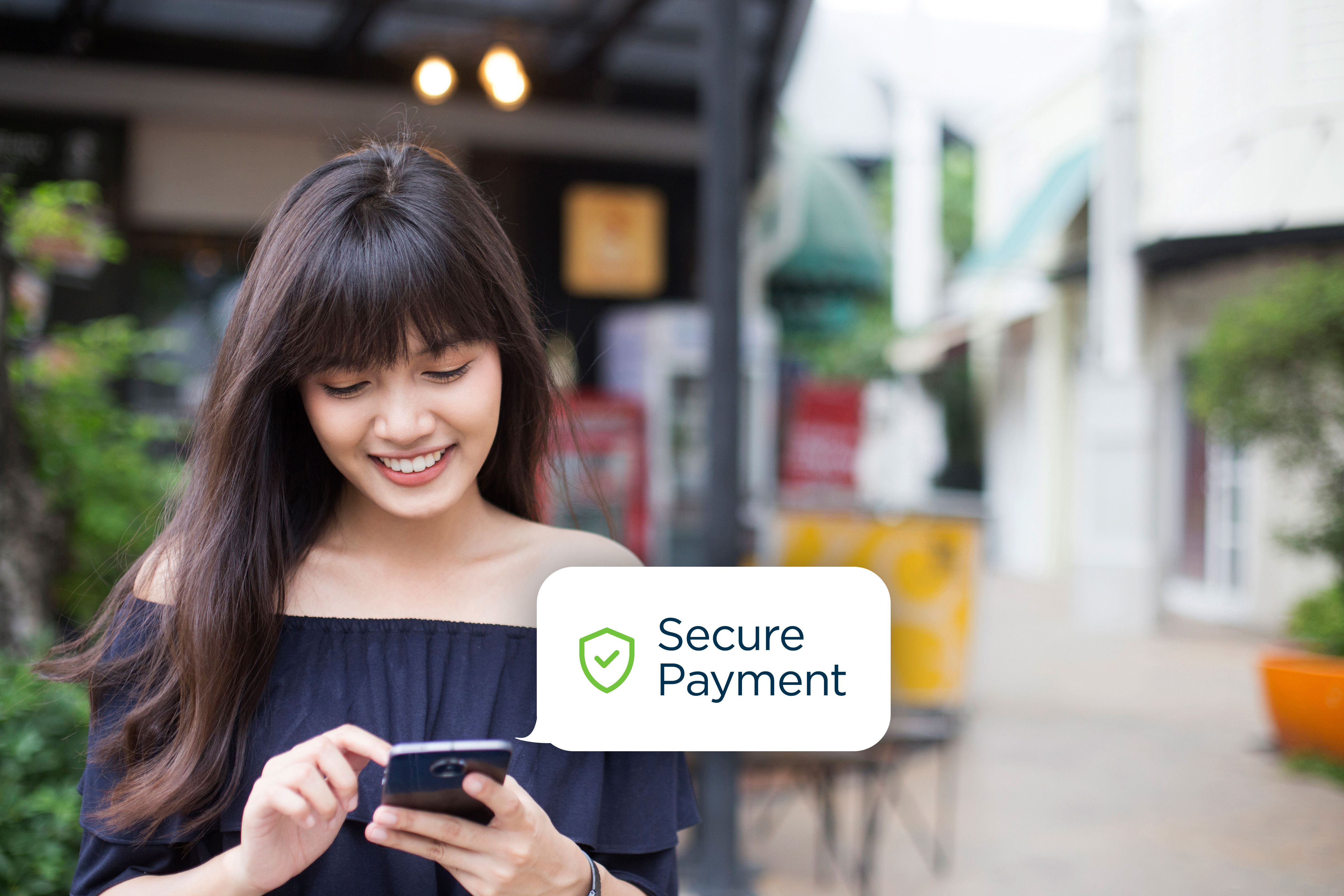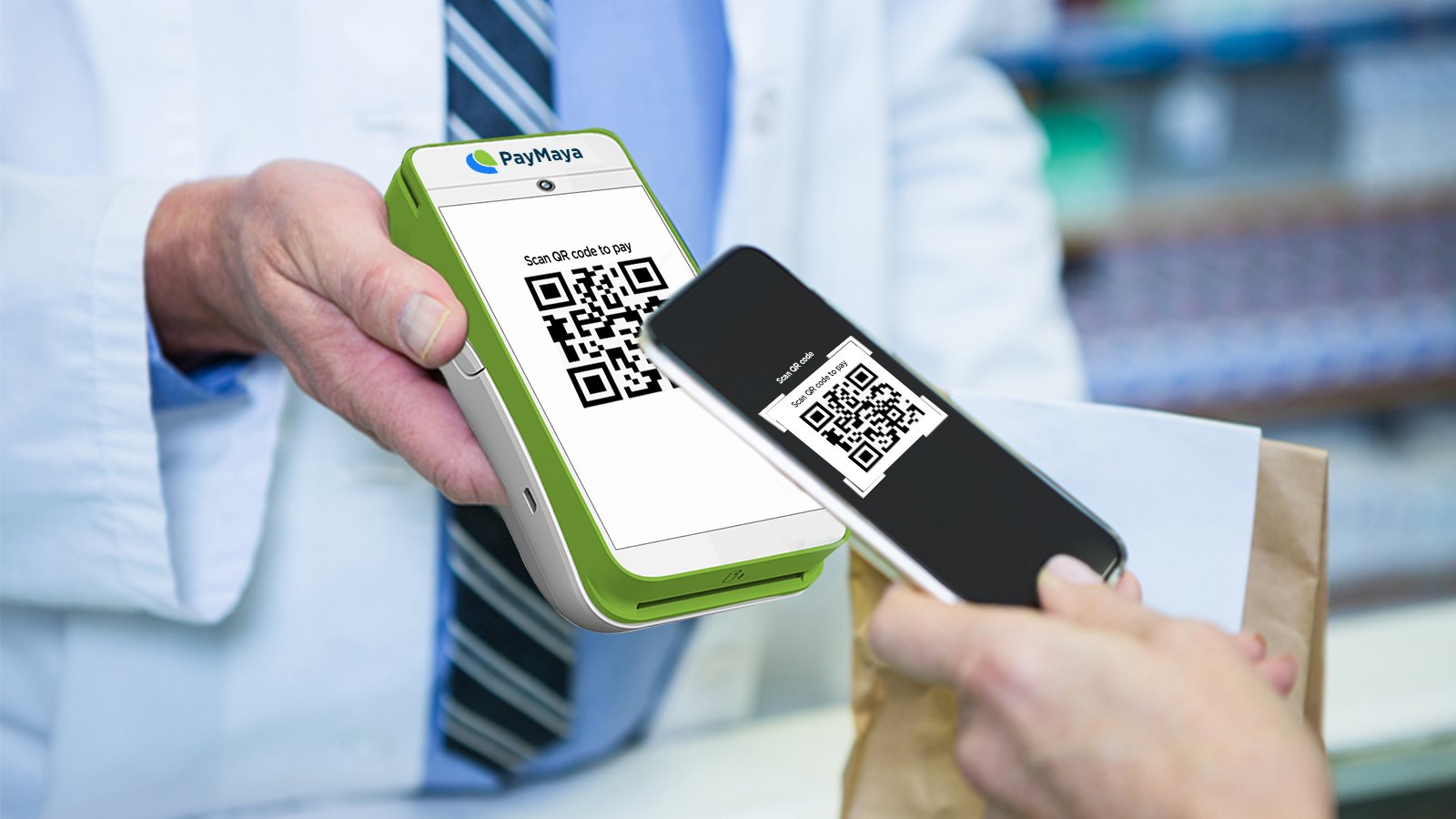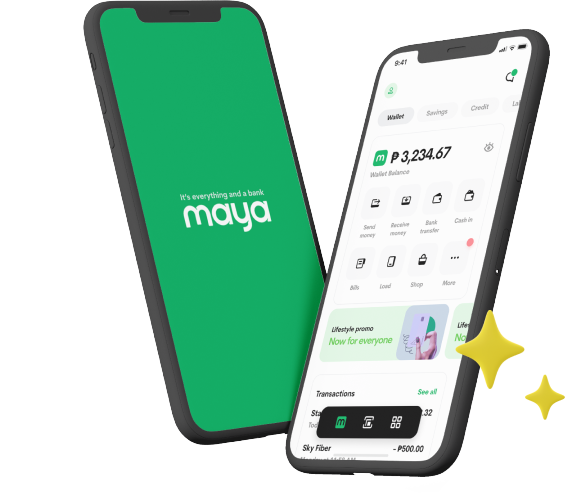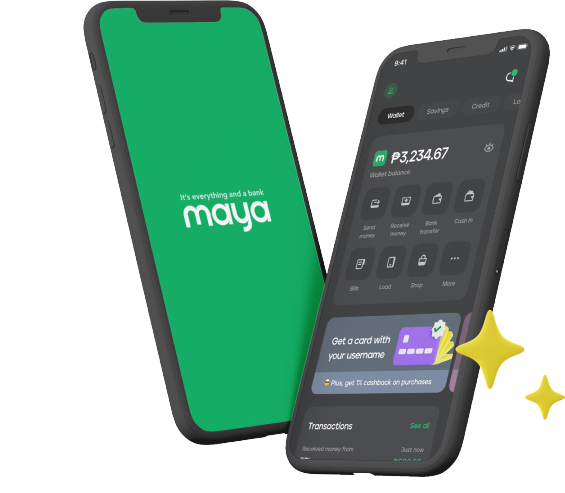
It’s easy to see why online shopping activity surged this year. At a time when it’s best to stay put at home, shopping online afforded Filipino consumers a quick, convenient, and safe way to access their wants and needs. The increase in online sales also presented tech-savvy entrepreneurs with the perfect opportunity to establish their digital platforms and connect with their target market, all without being limited by their location or the absence of a brick-and-mortar store.
Having the capacity to process a wide variety of payment modes remains essential to running a business. In this regard, an online shop is no different from a physical store. An online business may not face significant barriers when it comes to shipping wares, but it can still find itself limited by the payment methods it can accept from potential customers. Fortunately for home-based entrepreneurs and seasoned business owners who are starting to shift their operations online, there are several payment channels that they can use to accept cash or process digital payments. Here are the best payment options that online businesses should offer their customers:
Digital Wallet
Digital wallets may be a relatively newer way of sending and receiving payments, but they offer a higher level of convenience compared to more traditional payment methods like over-the-counter bank deposits and remittance services. Digital wallets like Maya can safely store, transfer, and receive funds from other digital wallet or bank accounts, allowing buyers and sellers to seamlessly complete their transactions over the internet. The app can send notifications to all involved parties after each transaction, or the buyer can send a screenshot of the confirmation message to the seller as proof that they’ve sent the money. It’s that quick and easy.
Debit and Credit Cards
Entrepreneurs who have dedicated websites where they sell their goods and services can choose to use credit and debit cards as their preferred payment method. Only a small portion of Filipinos use credit cards for their online purchases, but there are millions of people in the country who use their debit cards every day. Using this payment method is still a great choice if the business caters to middle- to upper-class clients or if it allows installment payment schemes. Aside from this, adding credit and debit card payment options can boost the credibility of the business, so ensuring that this option is available on the website can help the company earn the trust of the consumers.
Cash on Delivery
Most Filipinos still pay for their purchases with cash. Cash on delivery or COD is an accessible payment option for customers who are not too tech-savvy, those who don’t feel comfortable sharing their personal details over the internet, and those who want to make sure that the item they ordered is in perfect condition before they provide the payment. Allowing COD payments can help the business reach a wider audience. At the same time, though, this processing COD payments can take a bit of time compared to digital and cashless payment options.
Bank Deposits
Last but not least, the business can also choose to accept payments made through bank deposits. These days, consumers can transfer their payments directly from their bank account to the merchant’s or complete the purchase over the counter. Once the funds have been sent, the buyer can send the merchant a photo of the deposit slip or a screenshot of the transaction notification to prove that they’ve sent the money. After this, the seller can start processing the buyer’s order.
The Multichannel Approach: Maya Enterprise
While primarily known as a digital wallet that allows consumers to transfer funds or pay for purchases using QR scanning, Maya also offers a long list of payment services that will benefit online business owners. Maya Enterprise lets entrepreneurs accept payments online, in-store, through mobile, or with an invoice or QR code. The service processes payments made using Visa, MasterCard, JCB, BancNet, WeChat Pay, and GrabPay. At the same time, it allows online shoppers to transfer their payment directly to the shop’s digital wallet or bank account.
Maya provides a host of security features that both business owners and their clients will find useful, such as 24/7 fraud protection, instant setup, a dedicated customer support team, real-time authorization and billing, and automated reports and notifications for transactions.
The service has plugins for online stores that are hosted in Shopify, Woocommerce, and Magento, so business owners can easily incorporate Maya Checkout to their website and accept all modes of payment from their digital store. Even if the customer doesn’t have a Maya app, the business can still send them an invoice and process their payment. Those who are running a physical shop can use Maya One or its Lite version to accept in-store contactless payments as well.
To stand out from the competitive online shopping scene, an online business should endeavor to present its customers with a better shopping experience. By accepting multiple modes of payment, the business ensures that every customer who wants to support the digital enterprise can do so, using the payment method that is most accessible to them.
You might also like
These Stories on Financial Literacy




